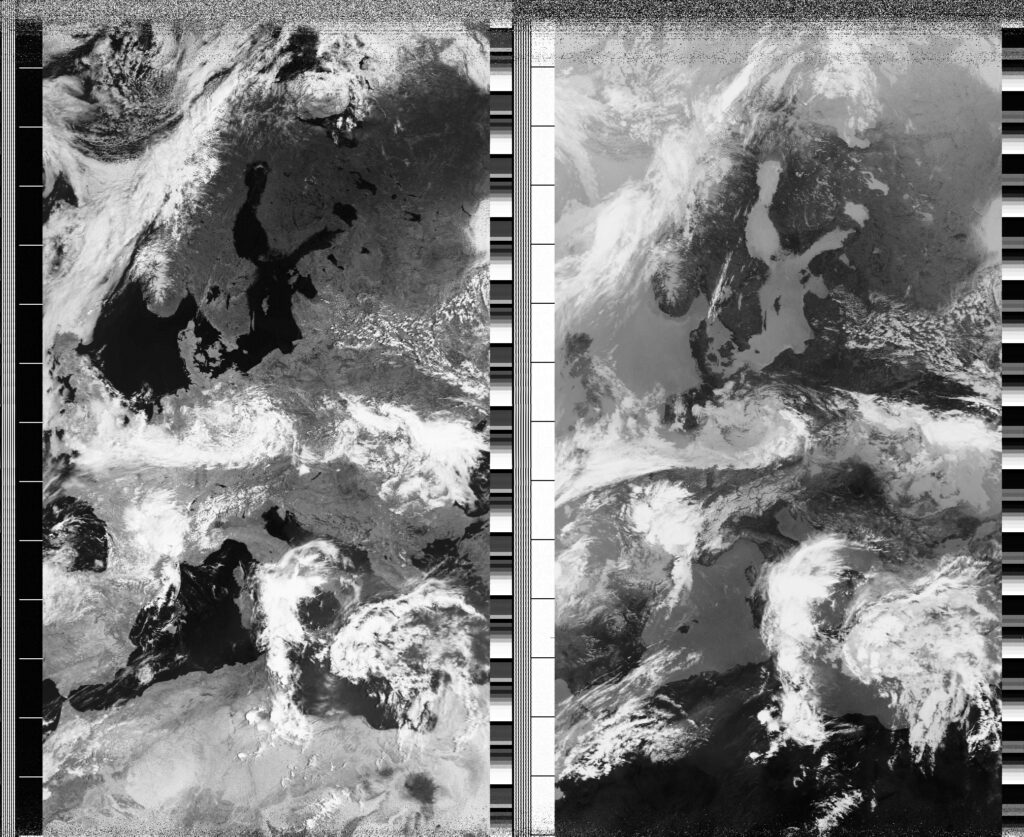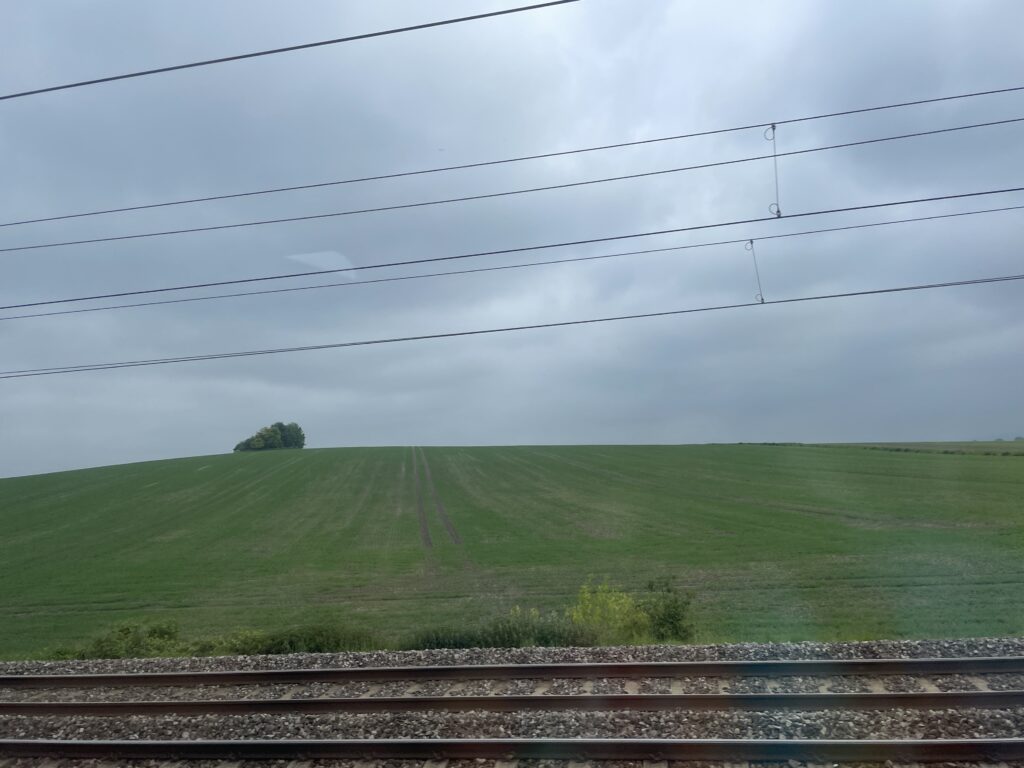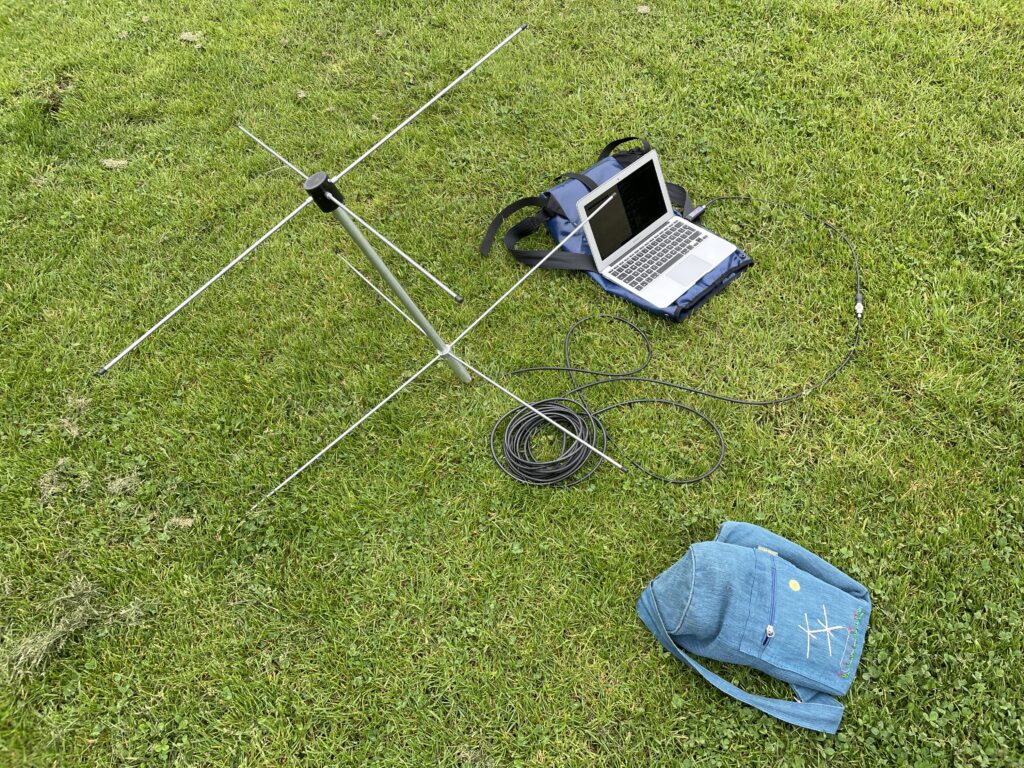Local Date
18 May 2024Local Time
09:51Location
Hackney Downs, LondonCountry or Territory
United KingdomContributor
Sasha EngelmannSatellite
NOAA-19Radio Callsign
Archive ID
Coordinates
I knew I was out earlier than usual this morning as the fluorescent cones for the children's soccer practice had yet to be distributed across the field, and balls were piled in a corner. The air was grey, and though it wasn't exactly foggy, things felt muted, soft and indistinct. This made me think of Craig Martin's article on fog (one of the first articles I really engaged with in my studies of atmosphere as a young MRes student at Oxford). Fog, for Martin, "is located at the interstices of the incoming and the outgoing: lingering at this juncture, it could be said to determine the immanent connection between body and world" (2011: 456). In other words, fog makes us feel the air as something 'thickening', but in doing so, it demonstrates "a different absorption of time and space" (458), one that counters the 'invisible' and 'transparent' freedom we often associate with air. There is also something resonant between the experience of fog and that of heat. Martin quotes Taussig: "Heat... is a force like color, that sets aside the understanding in place of something less conscious and more overflowing, radiance instead of line, immanence instead of the famous bird's eye view" (Taussig, cited in Martin, 2011: 457). Later in the morning, on a train to Bristol, I decode the satellite image and the cloud-free lakes of Russia come into view once again. I think about the exactness of the image: today it feels full of lines, curves and arcs, land-shapes outlined against the darkness of ocean. Instead I try to feel the 'thickening' of air and fog, and the 'radiance' and 'immanence' of the too-warm land.


